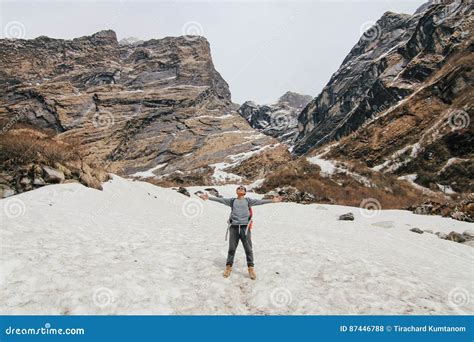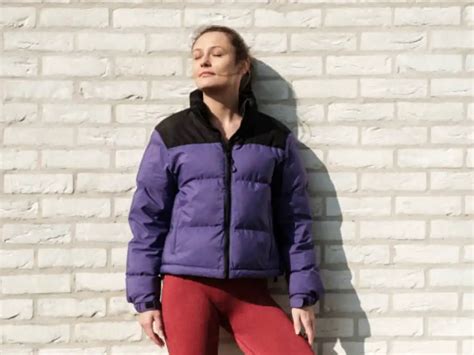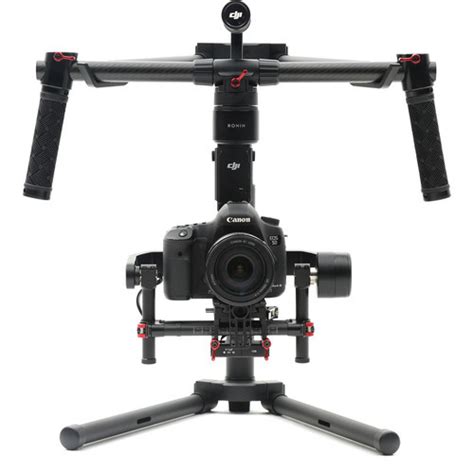Understanding Insulation for Challenging Climates
When the temperature drops and precipitation is a factor, selecting the appropriate insulated jacket can make all the difference between an enjoyable outdoor experience and a miserable one. For wet and cold conditions, the debate often boils down to two primary types of insulation: natural down and synthetic fibers. Each offers distinct advantages and disadvantages that significantly impact performance in damp environments.
The Allure of Down Insulation
Down, typically sourced from geese or ducks, is renowned for its exceptional warmth-to-weight ratio and superb compressibility. It creates thousands of tiny air pockets that trap body heat efficiently, providing unparalleled warmth for its bulk. High-quality down jackets are incredibly lightweight, pack down small, and are often the go-to choice for dry, cold expeditions where minimal weight is paramount.
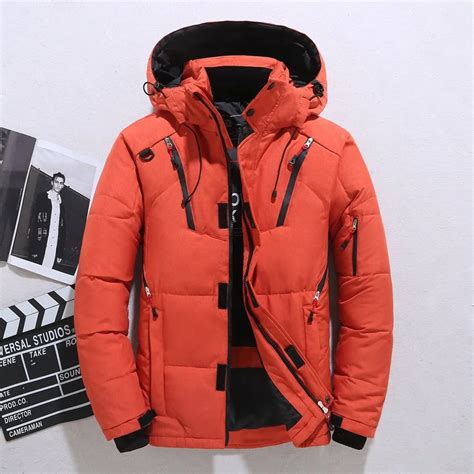
However, down’s Achilles’ heel is moisture. When wet, down clumps together, losing its loft and, consequently, its insulating properties. It also takes a long time to dry, rendering it ineffective until fully restored. While hydrophobic (water-resistant) down treatments have improved performance in damp conditions, they do not make down fully waterproof, nor do they prevent all loss of loft when thoroughly saturated.
The Resilience of Synthetic Insulation
Synthetic insulation, made from polyester fibers, is designed to mimic the heat-trapping abilities of down. While it generally doesn’t achieve the same warmth-to-weight ratio or compressibility as high-fill-power down, it boasts a critical advantage: it performs well even when wet. Synthetic fibers are inherently hydrophobic; they don’t absorb water in the same way down does, and their structure helps maintain loft and insulation even if damp or thoroughly soaked.
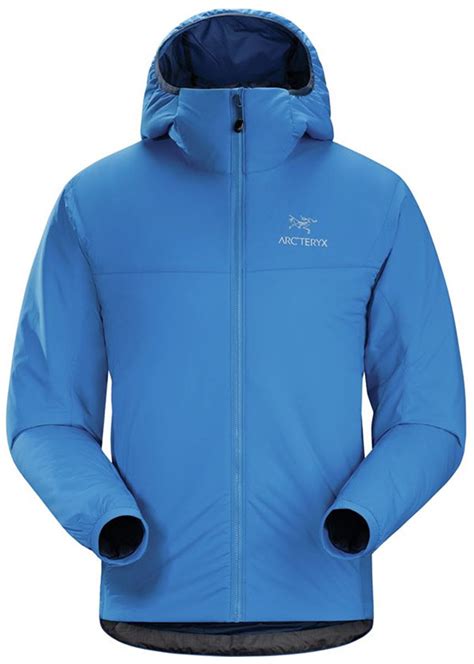
This makes synthetic jackets an excellent choice for environments where rain, melting snow, or high humidity are common. They also dry much faster than down, offering a quicker return to effective insulation. Advances in synthetic technology have led to insulations that are increasingly lighter, warmer, and more compressible, narrowing the gap with down.
Down vs. Synthetic for Wet Cold: Making the Choice
For truly wet and cold conditions, synthetic insulation generally comes out on top. Its ability to retain warmth when damp provides a critical safety margin in environments where staying dry is challenging. If you anticipate heavy rain, sleet, or high humidity alongside freezing temperatures, a synthetic jacket is the more reliable choice.
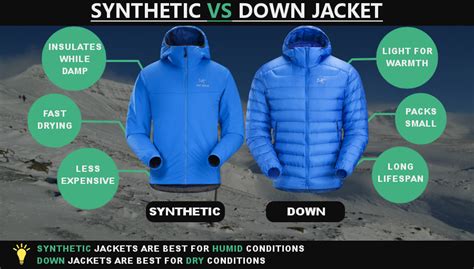
However, if the cold is primarily dry, with only minimal chance of light precipitation, down still offers the best performance in terms of warmth-to-weight. For activities like high-altitude mountaineering or extremely cold, dry winter expeditions, down’s superior thermal efficiency can be a significant advantage. It’s also worth noting that many brands now offer jackets with a combination of both insulation types, or those featuring a waterproof outer shell over down, attempting to leverage the strengths of both.
Other Considerations and Hybrid Solutions
Beyond the core insulation material, consider the jacket’s shell fabric. A durable water-repellent (DWR) finish is standard, but a truly waterproof outer shell is essential for maximum protection against precipitation. Some premium jackets combine a waterproof shell with down insulation, creating a powerful, albeit sometimes heavier and pricier, solution for wet-cold. Layering is also key: a good moisture-wicking base layer and a waterproof/breathable outer shell worn over your insulating layer will further enhance performance in challenging weather.

Conclusion: Match the Insulation to the Mission
Ultimately, the best insulated jacket for wet and cold conditions depends on the specific demands of your activity and environment. For reliable warmth in persistently damp or rainy cold, synthetic insulation is the safer, more practical choice. For extreme cold and dry conditions where every gram counts, down remains king, especially with modern hydrophobic treatments. Understanding these fundamental differences will empower you to make an informed decision and stay comfortably warm, no matter what the weather throws your way.
